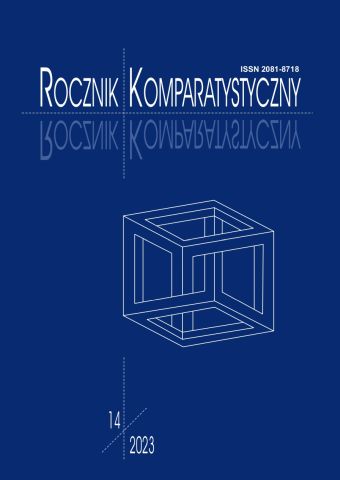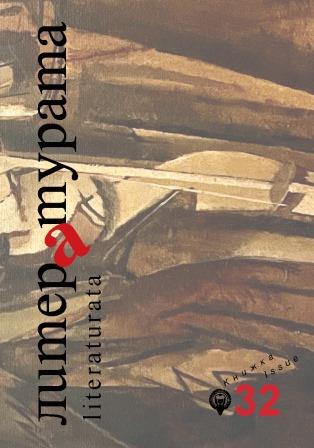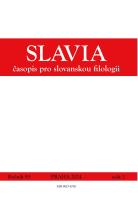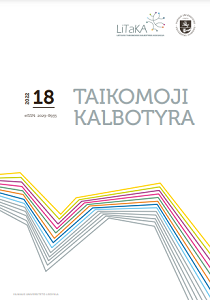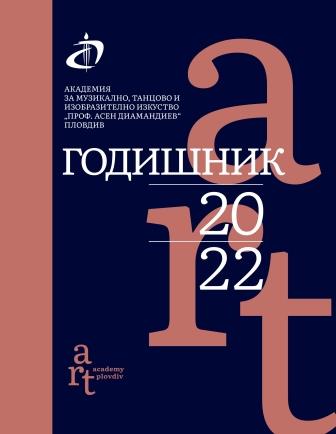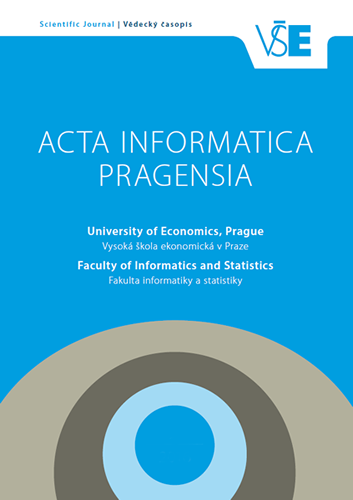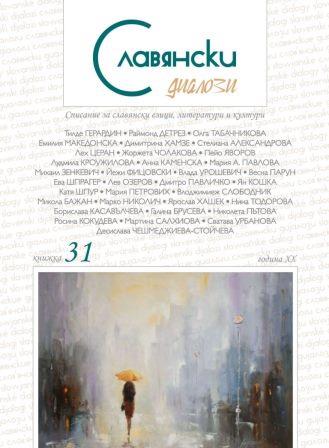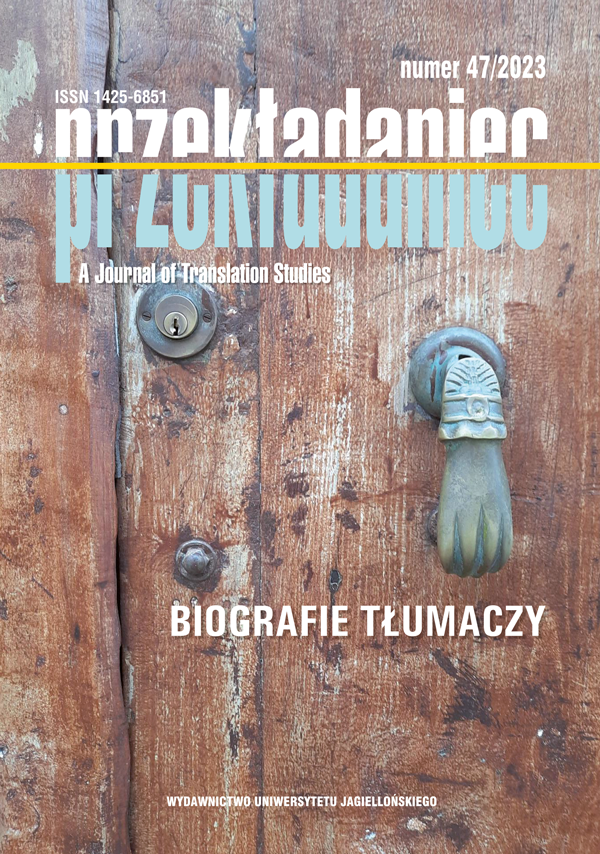
Mikrohistoria Bronisława Zielińskiego w polu translatorsko-literackim
Translators and interpreters have always played a key role as intercultural mediators, however, their biographies and functions as active agents of cultural change have only recently started to be studied. Following the sociological and material turn in translation studies, there has been a growing interest in the figure of the literary translator, not as a category of the translation process, but as a living human being who not „only” produces texts, but influences cultural transfer, introduces new poetics and shapes literary canons. Nowadays, researchers point to the necessity of describing the place and role of translators not only within Translation Studies, but above all, in the network of social contacts and relationships. The sociology of translators includes such issues as the status of translators in different cultures, pay rates, place and conditions of work, the public discourse of translation, i.e. the manifestations of the public image of the translating profession, which is visible, for example, in the press or in literary works. This area also encompasses research on translators’ attitudes towards their work, as revealed in essays, interviews, prefaces and translators’ archives. The paper focuses on the biography of the translator, placed in a broad historical and social context and thus, in the cultural and sociological dimensions of translator studies. In examining the biography of the Polish translator Bronisław Zieliński, the methodology of microhistory (adapted for translation studies by Jeremy Munday) will be used and combined with Anthony Chesterman’s theoretical proposal of translator studies.
More...
